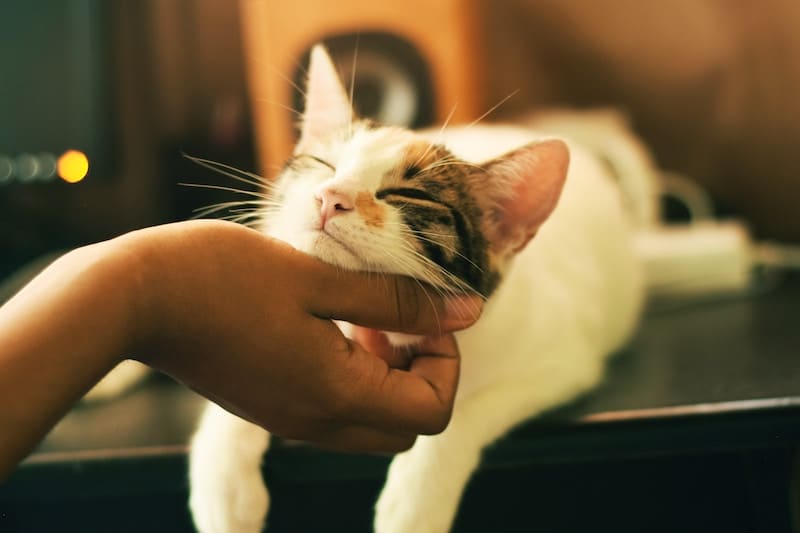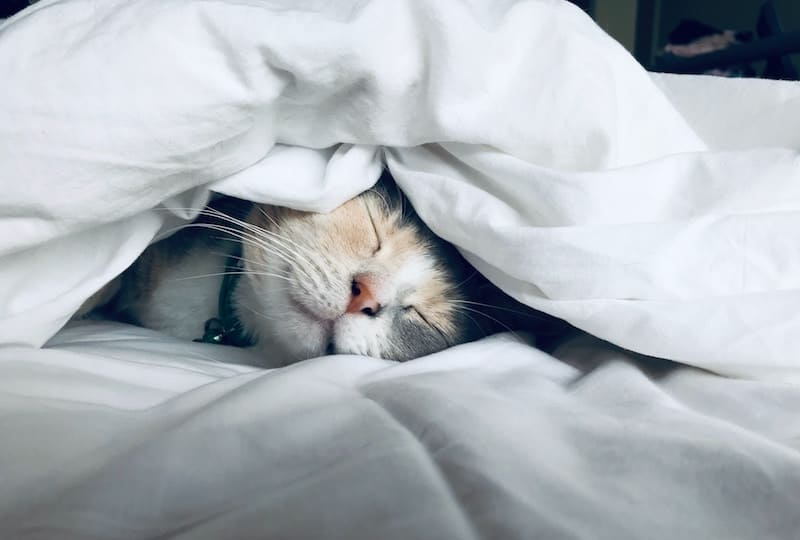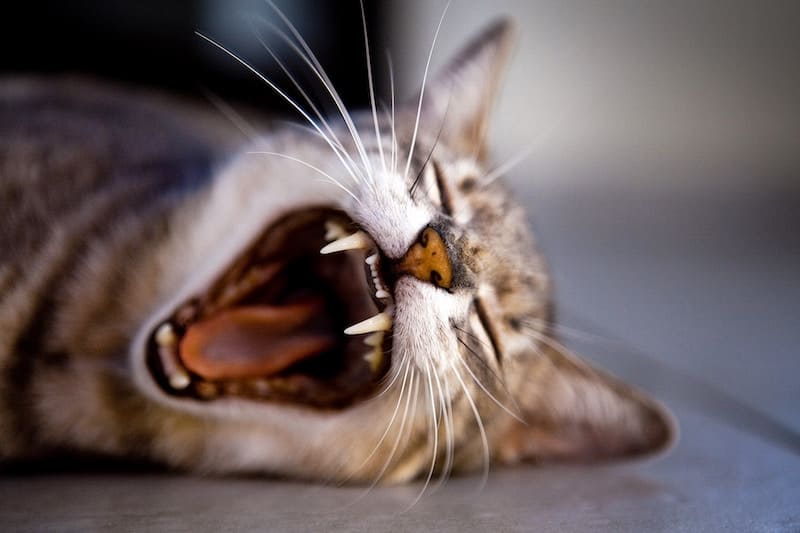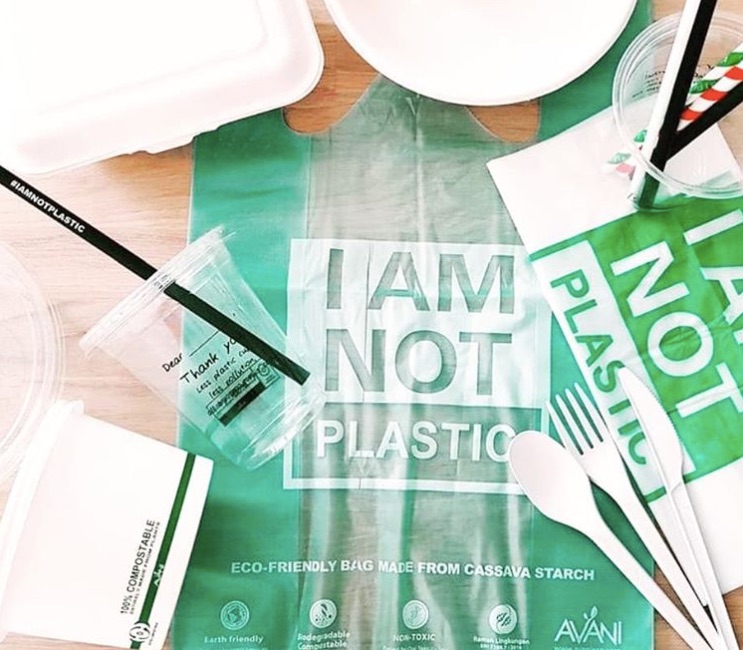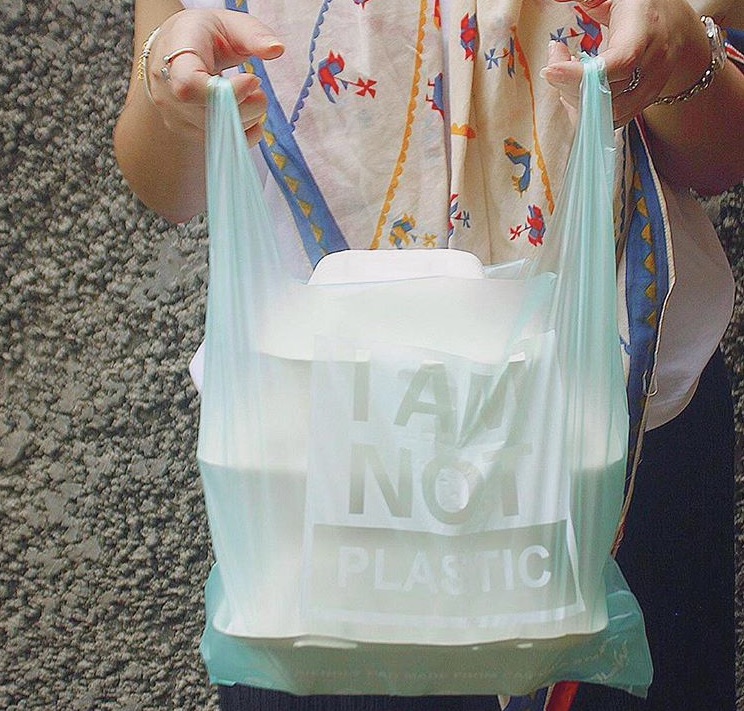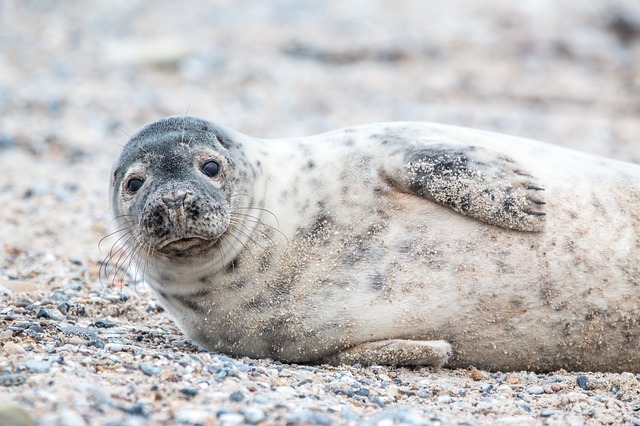
That human life affects fauna all around the world is no news, but up to what point do we have influence on other living beings? What’s clear is that our existence on earth has slowly but surely been killing our planet. However, up until know we thought it was just climate change we had to be worried about. But studies have shown we also have a big impact on wildlife.
Scientifically proven
A study carried out in Berkeley noticed that activity patterns of numerous species have been changing: animals are becoming nocturnal, even if they had previously always been daytime creatures. This change affects mostly the mammal species around the world, like tigres and coyotes.
Nature tourism

Scientists claim the reason behind this change seems to be “nature tourism”, amongst other reasons. Nature tourism is the main argument for such pattern changes: their instincts are to avoid human life. However, throughout the last couple of decades they have become more and more invaded by humans, thus being forced to come out at night.
Serious consequences
Although it might be an evolutionary adaptation for these species, researchers do believe these animals are put under high amounts of stress, meaning the changes could have serious consequences in the future that are yet to be discovered.

A world-wide study
This is not just any study: research has been carried out on data on a global scale collected from tens of studies on movements of 60 different mammal species from all five continents. Apparently, where human activity has invaded, animals are on average 1,36 times more nocturnal. Will we ever stop damaging our planet?
Images: Unsplash

